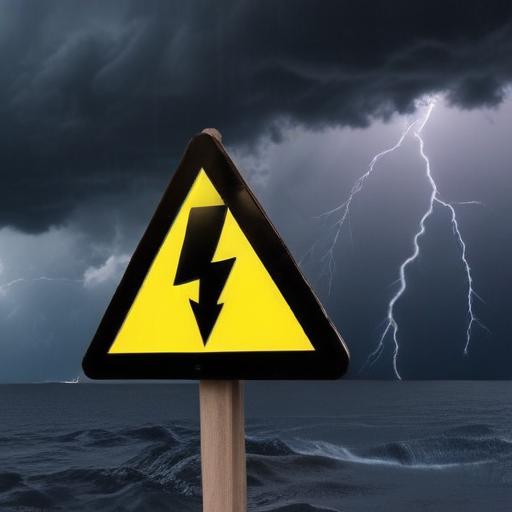The National Weather Service has issued a flood watch for the D.C. region set to take effect on Thursday afternoon and extend into the night. This marks the 17th flood watch for the D.C. area since May, setting a new record for the most flood watches in such a short timeframe. Already, eight flood watches have been issued this month alone, the highest count for any month since official recordkeeping started in 2007.
A strong cold front is predicted to collide with humid air over the region, leading to the development of severe thunderstorms. While some storms may generate damaging winds, the primary concern is excessive rainfall. The National Weather Service warns that “significant flash flooding is possible,” with anticipated rainfall rates reaching between 1 to 2 inches within just 30 minutes.
Overall rainfall is projected to be within the range of 1 to 2 inches across the region, but certain areas could experience multiple rounds of thunderstorms, potentially accumulating higher totals of 4 to 6 inches. This could lead to numerous flash flood events.
The peak time for storms is expected to be between 2 and 10 p.m. on Thursday, although some storms may occur earlier or later. The atmospheric conditions, characterized by high levels of moisture, are conducive for powerful storm development. The setup could allow for the training of storm cells, meaning that intense rainfall could fall repeatedly in the same areas.
The National Weather Service has rated the flash flood risk for the region at a Level 3 out of 4. The most vulnerable areas stretch from D.C. all the way to New York City, with isolated locations potentially receiving as much as 8 inches of rain.
As residents prepare for the storms, it is vital to stay informed and take necessary precautions. Keeping an eye on weather updates and understanding local emergency protocols can help mitigate the impact of possible flash floods. The community’s resilience and preparedness can turn a potentially dangerous situation into a manageable one.
